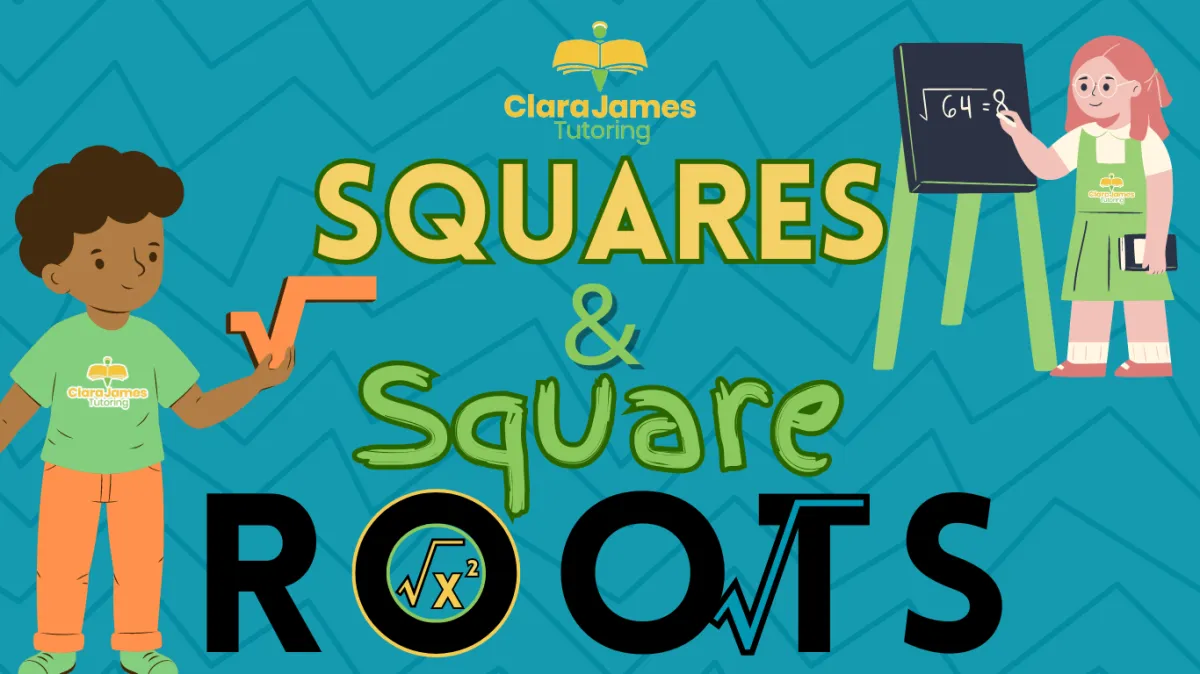
Squares and Square Roots
The square roots are the numbers which create the square number. So, the number I have multiplied by itself to create the square number
Last week on a couple of occasions I concentrated on square numbers and square roots with people.
Getting the idea that a square number is the answer when you times a number by itself, for example, 5x5 (25, the answer) is the square number seemed to be fairly easy to grasp.

However, getting the square roots seemed much more complicated to work out. (The square roots are the numbers which create the square number. So, the number I have multiplied by itself to create the square number).
Reading that back I quite understand why that might seem like a monumental challenge!
An alternative way to describe it might be a square root of a number is a value that, when multiplied by itself, gives the original number.
For example, the square root of 9 is 3 because when you multiply 3 by itself (3 × 3), you get 9. Similarly, the square root of 16 is 4 because 4 × 4 equals 16. When you see the symbol √, it represents the square root. So, √25 equals 5 because 5 × 5 is 25. It's a way of finding out what number was multiplied by itself to reach the number under the square root symbol.
But even that is enough to hurt your brain. What I would suggest is that you create a 100 square.
A 10x10 square with the numbers written in.
Then colour in 1, 4, 9, 25, 36, 49, 64, 81, 100.
These are the square numbers.
Now to work out the square root you can just trace the lines where they intersect, and the first number written there is the square root of the number-coloured in. (If you want me to send you a 100-square over I can, but I’m not sure how to attach it to this mailing system).
When children have started to learn about factor trees, we can use those to work out the square and cube roots of numbers, but I think that’s not introduced in most schools until year 7, so I won’t complicate things today.
But again, if you want me to explain, let me know.
